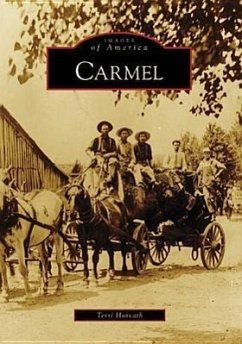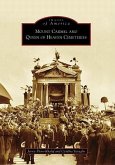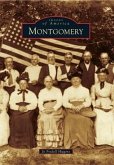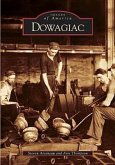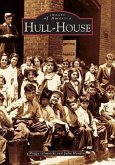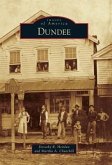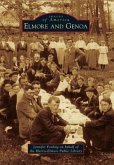Carmel started as a small trading post and farming community in 1836 but has long been regarded as a gateway to Indiana's capital city. The nickname "North Gate of Indianapolis" was adopted by Carmel's centennial committee, reflecting the town's appreciation of the big-city association. Carmelites could enjoy the charm of small-town living along with the amenities of a large city the distance of a short train ride. For decades, Carmel remained nearly unchanged from its one-stoplight status. The 1950s marked the start of major changes. Affordable automobiles and better roads helped create the demise of the railroad to Carmel but enhanced the suburb's appeal to families. With the ease of transportation to Indianapolis and a reputation for excellent schools, Carmel began to witness a steady migration of new residents. By 1975, the town had experienced the beginning of a housing boom and increased its size at least tenfold by 2006. As a result, Carmel has a new persona, a city independent of its big sister to the south with its own healthy business environment and cultural attractions.
Hinweis: Dieser Artikel kann nur an eine deutsche Lieferadresse ausgeliefert werden.
Hinweis: Dieser Artikel kann nur an eine deutsche Lieferadresse ausgeliefert werden.

